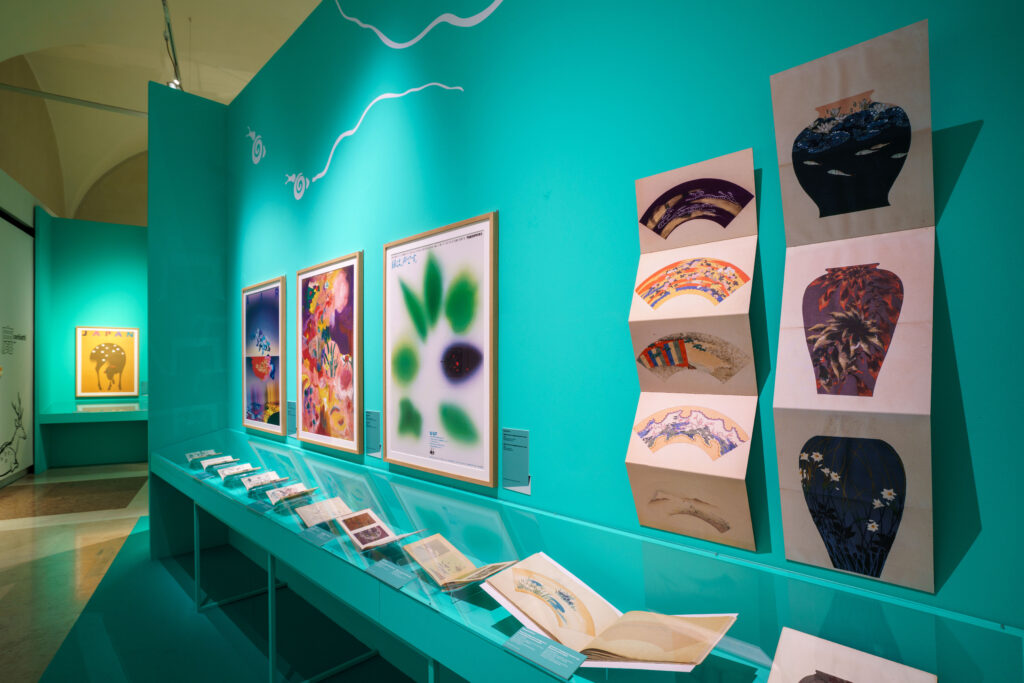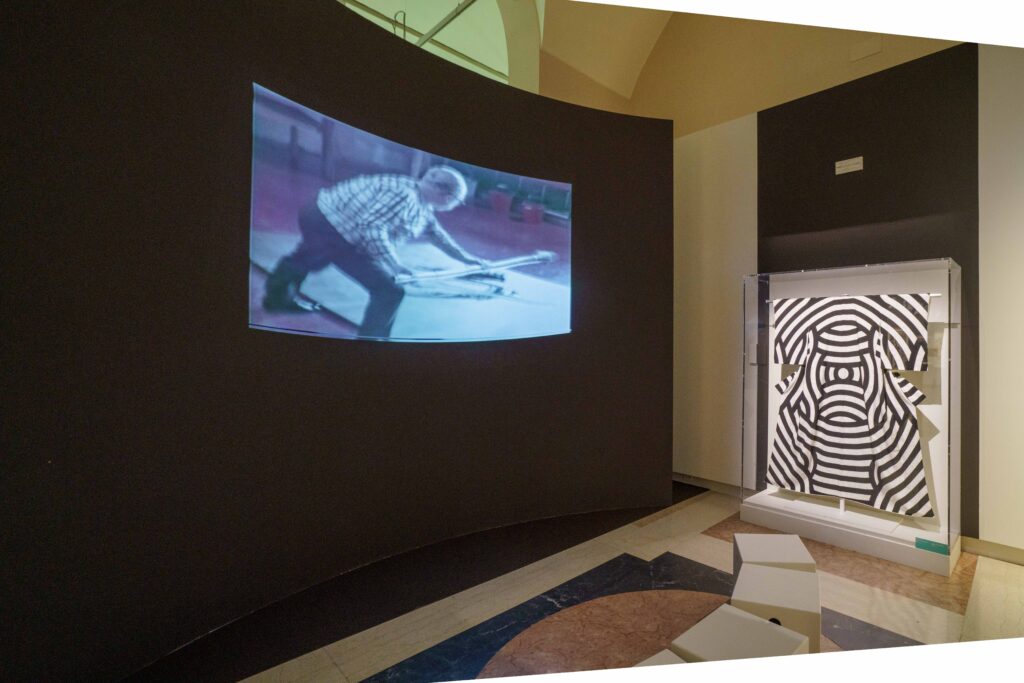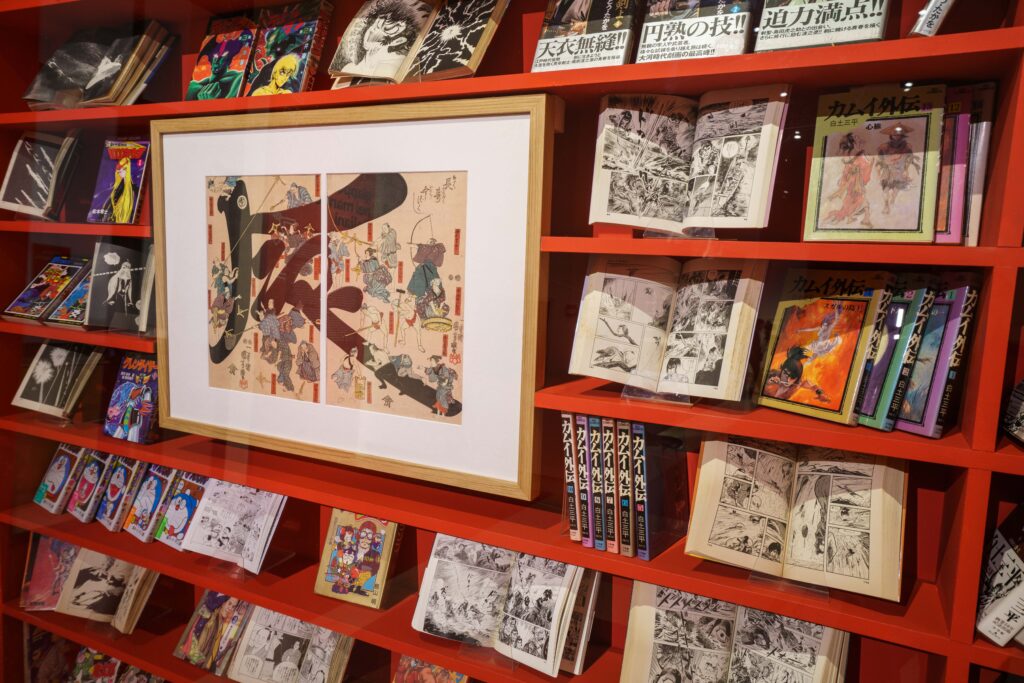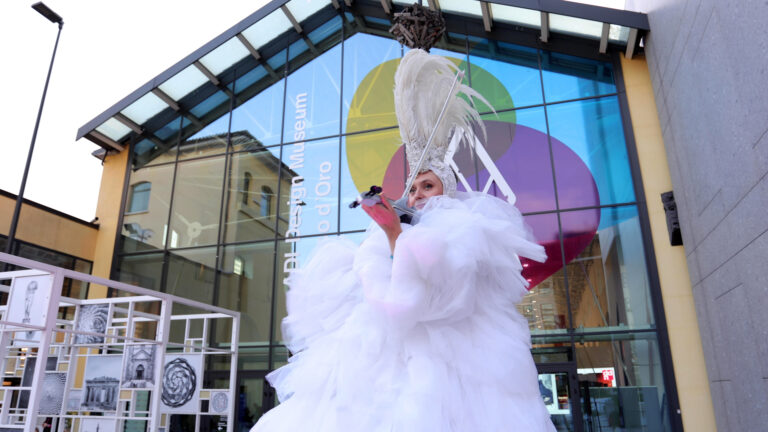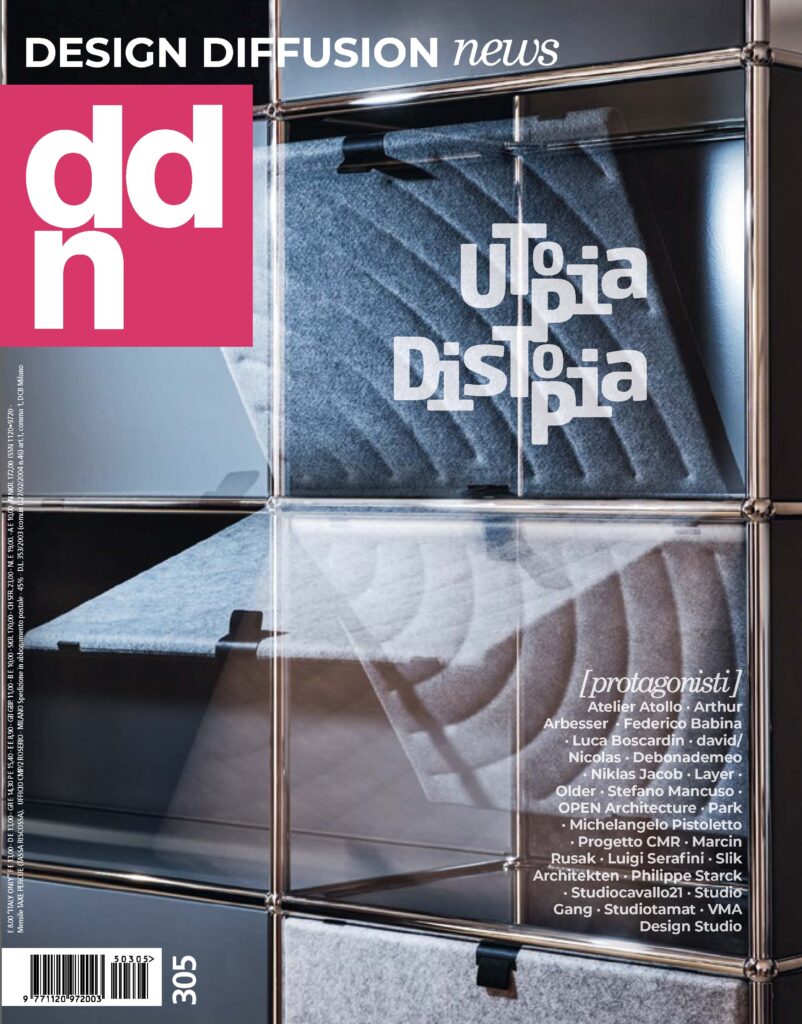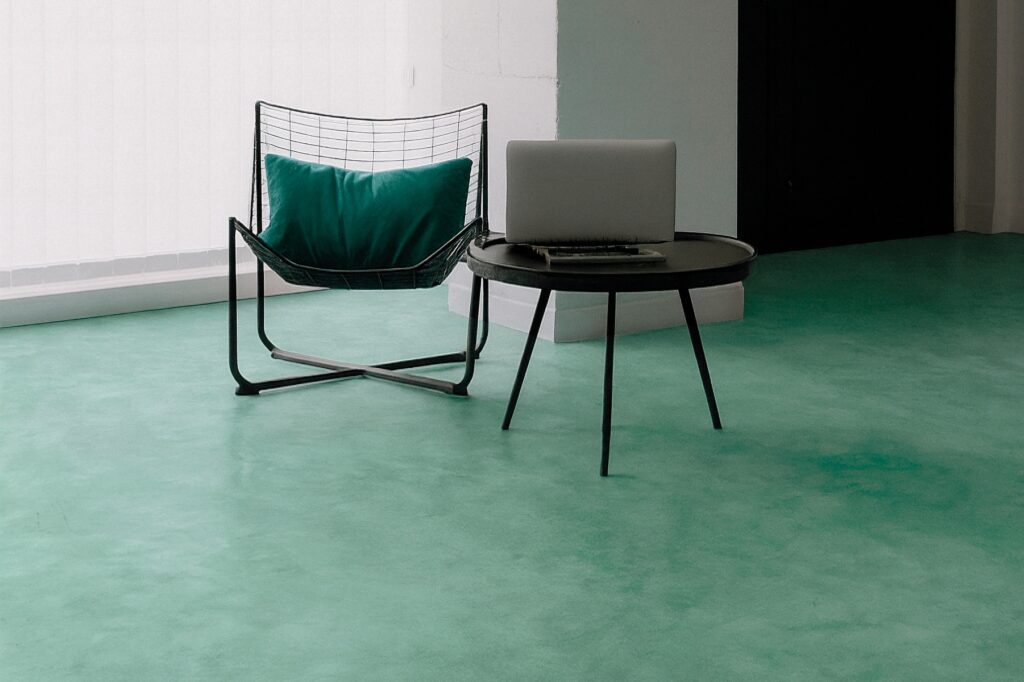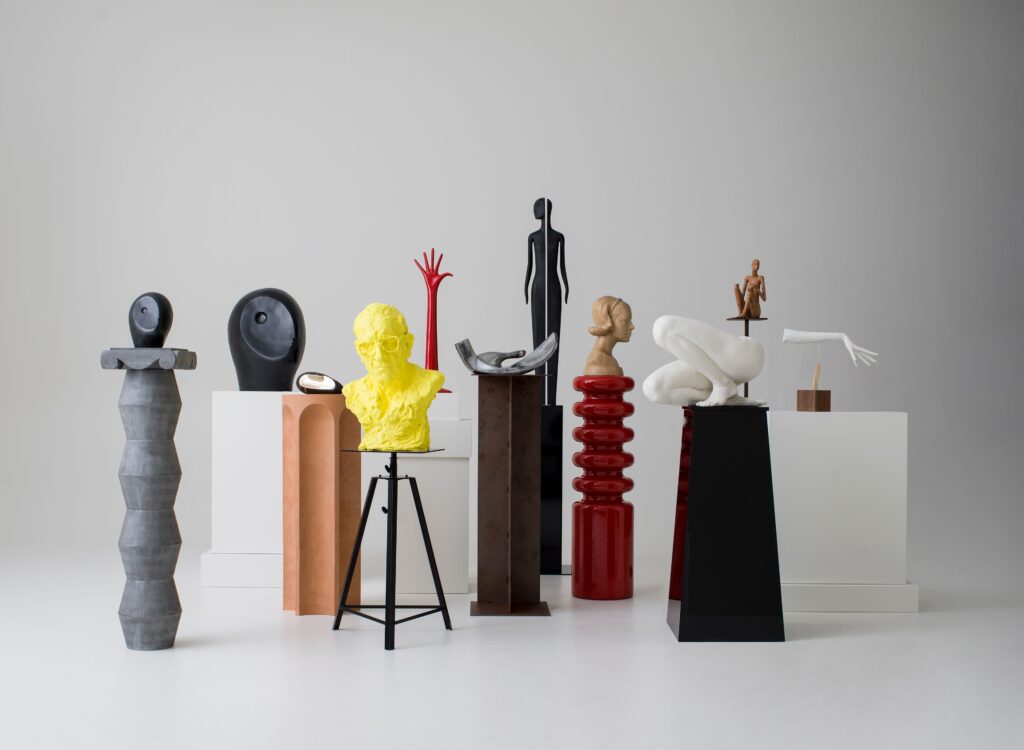The first major exhibition in Italy dedicated to Japanese graphic art arrives in Bologna, spanning from the Edo period to the contemporary age, at the Museo Civico Archeologico until April 6, 2026
Graphic Japan. From Hokusai to Manga brings to Italy for the first time a broad survey of Japanese graphic art. The exhibition presents a journey spanning over four centuries, from the Edo period to contemporary visual languages, revealing the evolution of line, image, and visual communication in Japan.
The project was conceived by MondoMostre and developed in collaboration with the Museo Civico Archeologico – Settore Musei Civici Bologna, with the patronage of the Emilia-Romagna Region, the Consulate General of Japan in Milan, and the Italy Japan Foundation.

A cultural bridge between Japan and Italy
Graphic Japan fits into the framework of cultural relations between Italy and Japan explored in the context of Expo Osaka 2025, for which Rossella Menegazzo served as Head of Culture for the Italian participation. The exhibition becomes a symbolic continuation on Italian soil, extending to Bologna the focus on Japanese visual culture.
The curatorial work by Rossella Menegazzo with Eleonora Lanza stems from a critical investigation into the reasons behind the global success of Japanese graphic art, characterized by an inseparable bond between sign and drawing, from ukiyo-e prints to manga and contemporary posters.
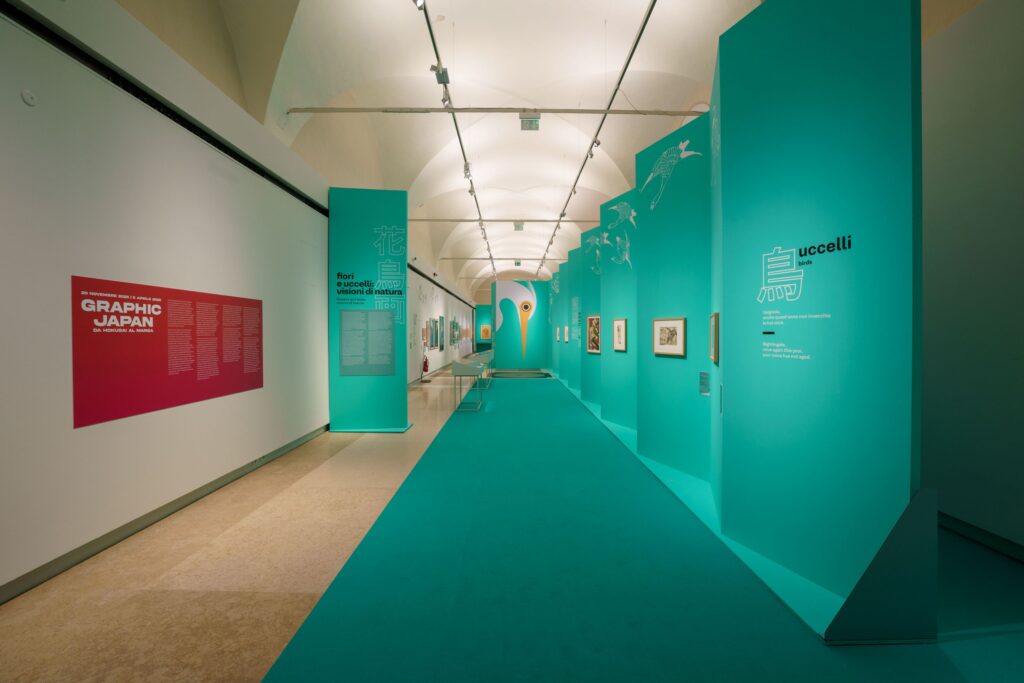
From ukiyo-e to modern graphic art
Understanding contemporary Japanese graphic art requires focusing on the role of ukiyo-e prints, the “Images of the Floating World.” Between the 17th and 19th centuries, artists such as Hokusai and Hiroshige defined a new aesthetic vision tied to nature, everyday life, and landscape representation.
The images by Utamaro, Sharaku, and Kunisada center attention on the human figure and kabuki theatre, creating an imagery that transcends centuries and influences cinema and modern illustration.
With the arrival of the Meiji era, Japanese graphic art embraced European models, opening up to industry and communication. The illustrator became a designer: the zuanka, a key figure in Japanese modernity.
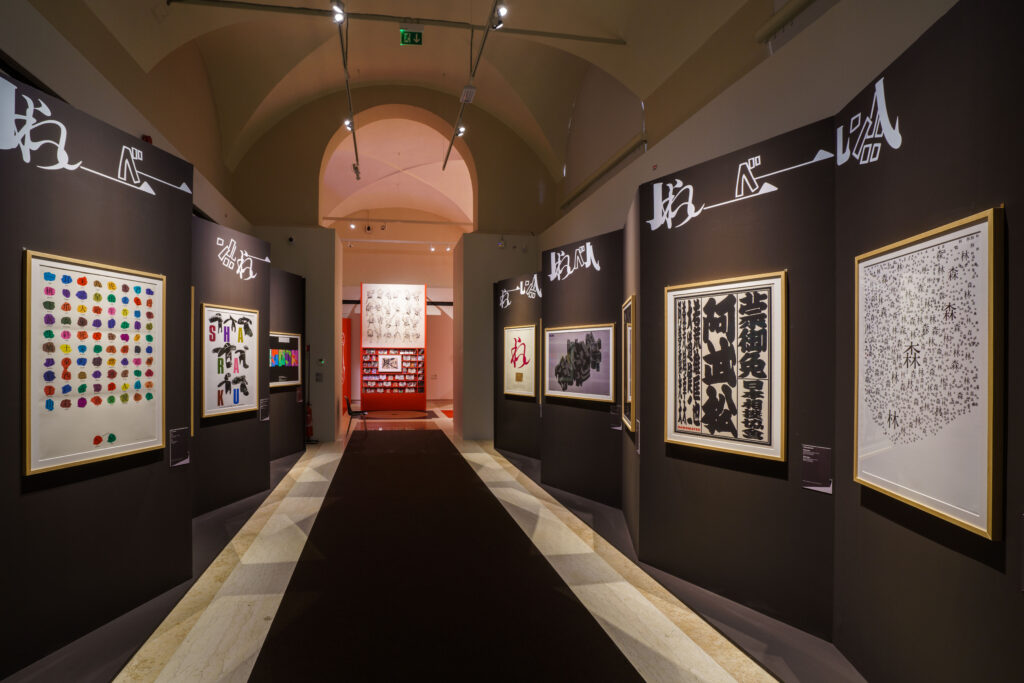
The twentieth century and the birth of Japanese graphic design
In the 20th century, modern graphic design emerged thanks to masters such as Kamekura Yūsaku, considered the father of Japanese graphic design. Alongside him, figures such as Tanaka Ikkō, Yokoo Tadanori, Nagai Kazumasa, and Matsunaga Shin rose to prominence, blending tradition and avant-garde.
The influence of photography and later of the computer introduced new technical possibilities. Posters and graphic compositions explored embossing, layering, opacity, and abstraction, while maintaining a deep connection to the country’s cultural heritage.
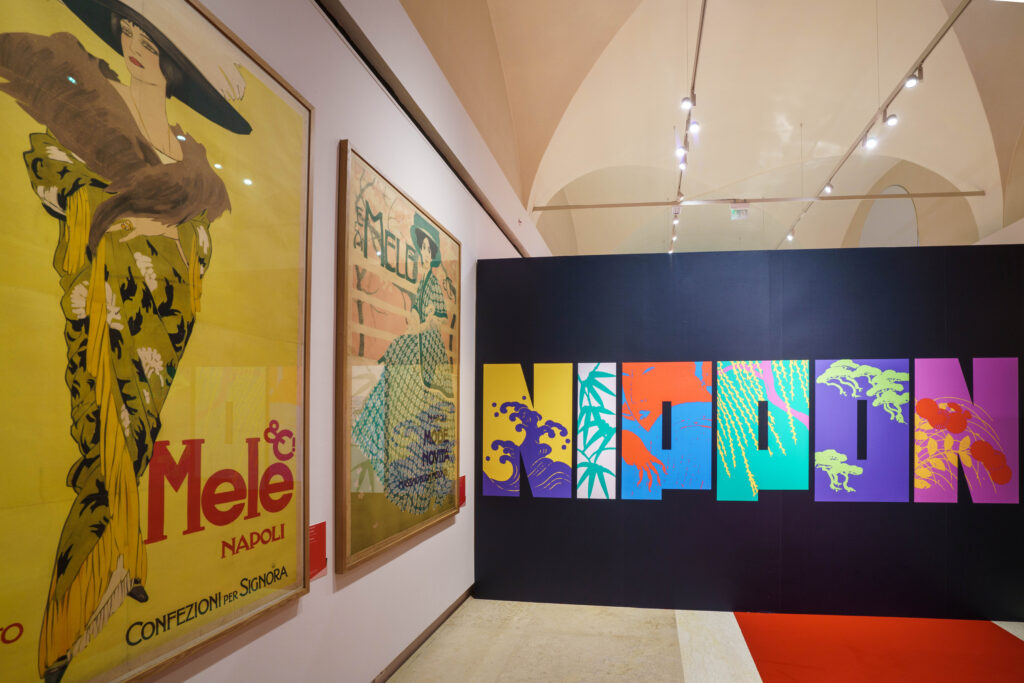
The four sections of Graphic Japan
The exhibition is structured into four thematic sections, featuring over 250 works including woodblock prints, books, posters, katagami, and high–craftmanship objects:
Motifs of Nature
Nature takes center stage with recurring symbols: waves, bamboo, cherry blossoms, cranes, insects, and seasons become synthetic, repeatable, and evocative forms. From the world of ukiyo-e to applied arts such as kimonos, ceramics, and textiles.
Faces and Masks
Portraits of actors and iconic figures take the spotlight, alongside theatre and film posters by Tanaka and Yokoo. This section reveals the connections between graphic art, kabuki theatre, and Japanese cinema, from Ozu and Kurosawa to Miyazaki’s animation.
Calligraphy and Typography
The sign becomes structure. The calligraphic gesture transforms into a compositional grid and the foundation of modern graphic art, with a visual continuity that extends to the pages of manga, where text and image coexist in balance.
Contemporary Japanism
Manga, anime, fashion, and advertising illustrate the global spread of Japanese visual codes. The exhibition also highlights the influence on early twentieth-century Italian graphic art, particularly on Metlicovitz and Dudovich, in a cultural dialogue between East and West.
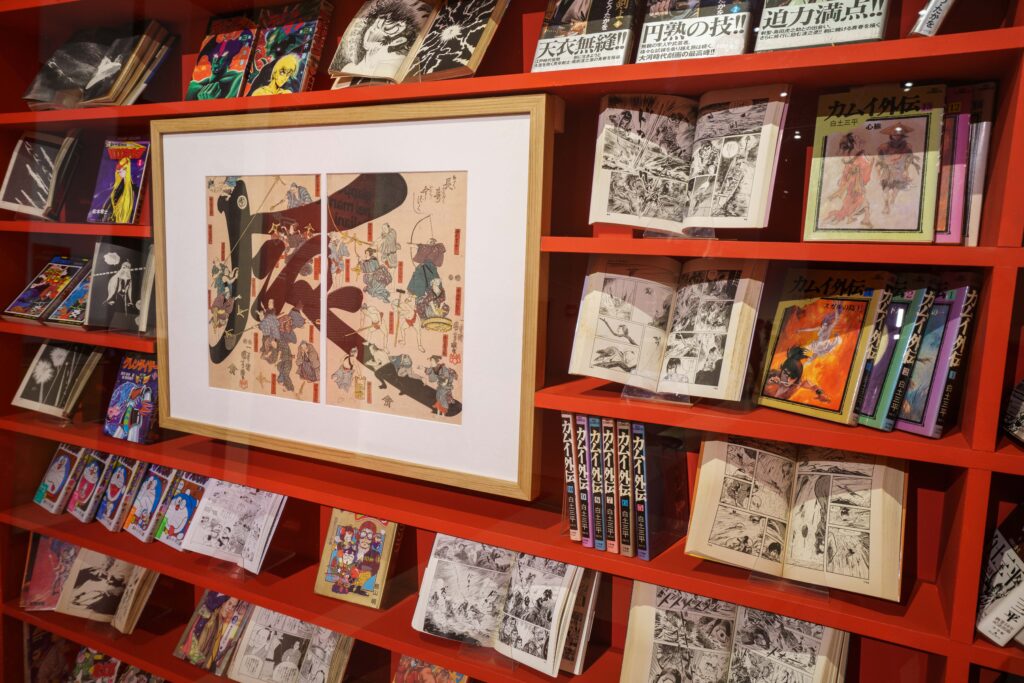
Loans, collaborations, and public program
The works in the exhibition come from important Italian and Japanese collections, including the “Edoardo Chiossone” Museum of Oriental Art in Genoa, the Museum of Oriental Art in Venice, and Japanese foundations such as the Dai Nippon Foundation for Cultural Promotion and the Adachi Foundation.
Graphic Japan is accompanied by a program of events dedicated to art, cinema, theatre, and music, thanks also to the collaboration with the Cineteca di Bologna and other cultural institutions in the city.
